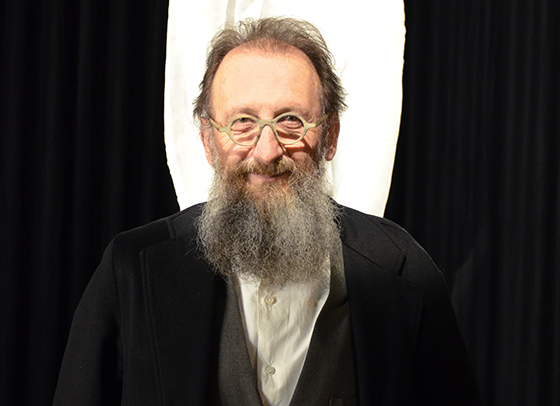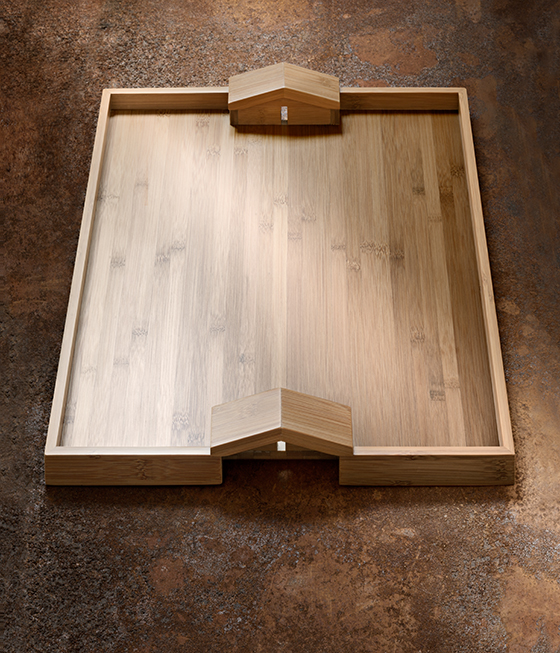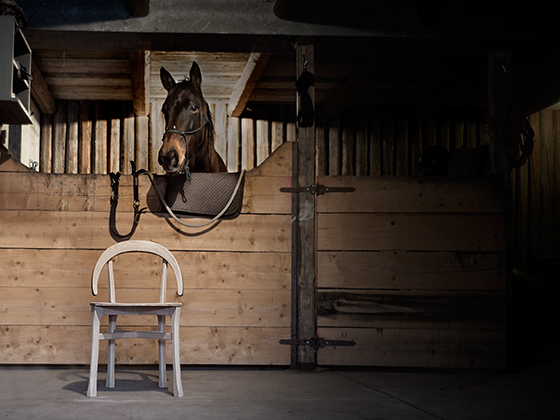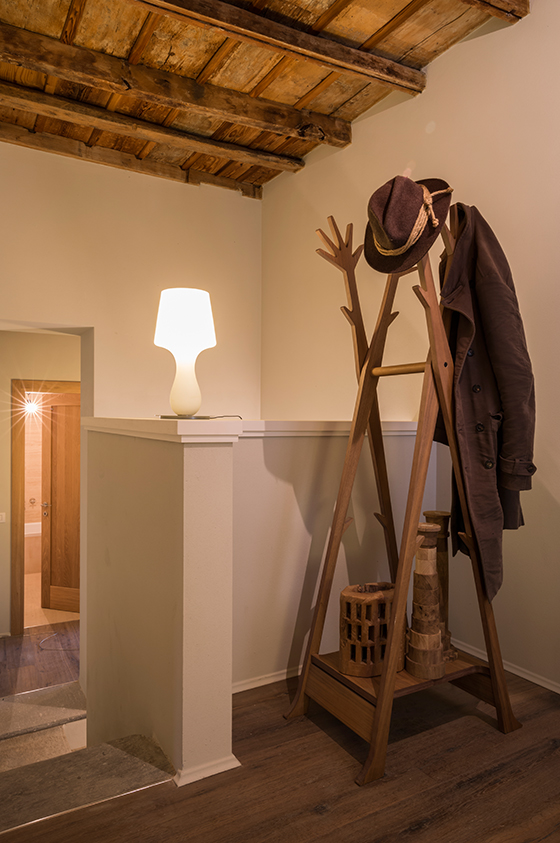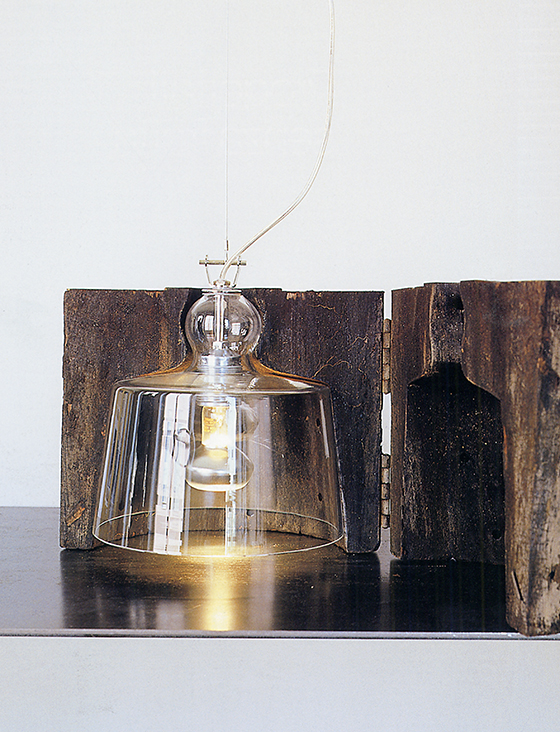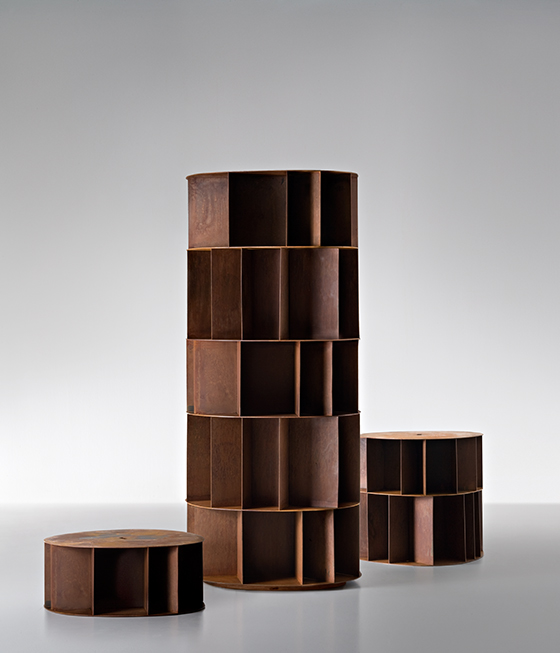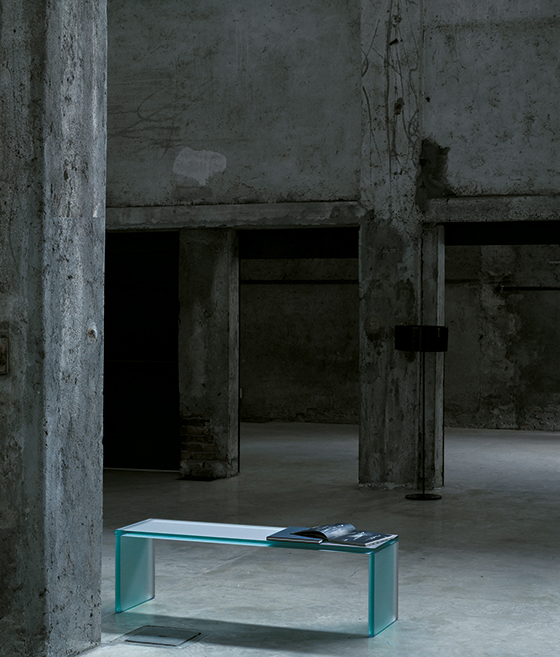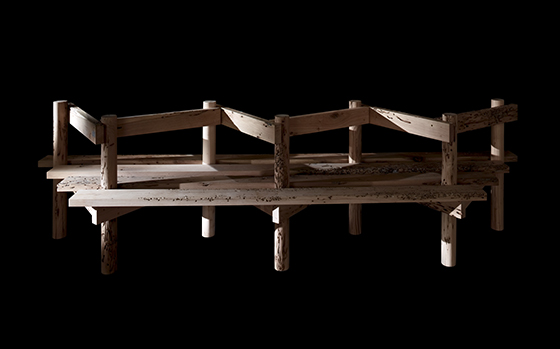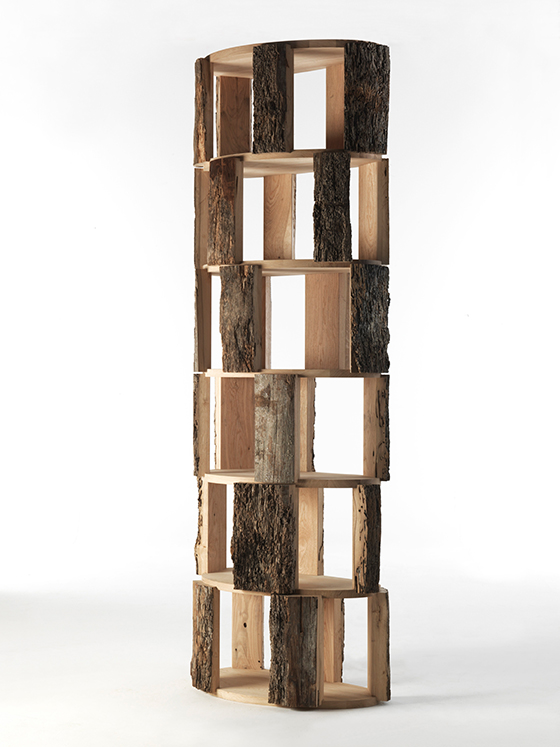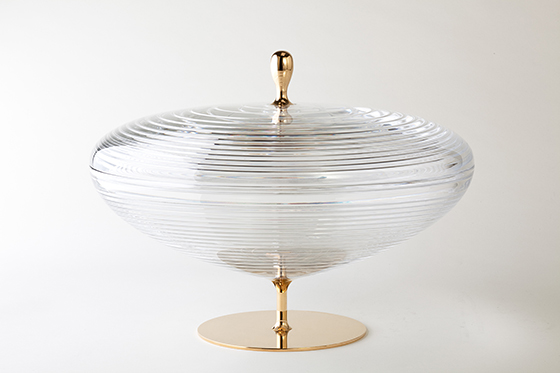Material Tendencies: Michele de Lucchi
Texto por Anita Hackethal
Berlin, Alemania
30.03.16
The work of Italian architect and designer Michele de Lucchi reflects his enquiring mind and breadth of interest. His portfolio includes a number of private and public projects in the fields of architecture, technology, design and crafts.
Michele de Lucchi - Photo © Architonic / Anita Hackethal
Architonic spoke with Michele de Lucchi at the recent Light + Building fair in Frankfurt to gain an insight into his architectural thinking and artistic sensibility for materials.
What are you presenting here at Light + Building for Artemide?
Michele de Lucchi: This year, for the first time in almost 40 years, I’ve designed the Artemide stand. So I stepped into the shoes of the architect and organised the presentation of the products, but I am also presenting new objects and lamps, for example the spotlight that illuminates the Rondanini Pietà marble sculpture. At the age of 89 years, this was the last statue that Michelangelo Buonarroti carved in his life, with the intention of using it for his own grave. Michelangelo was not pleased with the results and so he destroyed it and started again shortly before he passed away. The unfinished statue has not been taken into consideration for many years, but today it is the symbol of Michelangelo’s work and it reflects the passage between two eras of art evolution and the evolution of our civilisation: the Renaissance and Baroque.
Rondanini Pietà marble sculpture by Michelangelo Buonarroti at the Artemide Stand, Light+Building 2016

Rondanini Pietà marble sculpture by Michelangelo Buonarroti at the Artemide Stand, Light+Building 2016
×The Tycho shaper spotlight spreads the light evenly onto the object without creating any accentuations or black shadows. It is a discreet, silent light that lets the statue stand for itself with all its beauty and simplicity. The new system consists of many models and will be ready for production in September this year.
Which material would you choose if you had to restrict yourself to working with just one for the next three years?
The material that I would choose to work with for the next three years would be wood. The floor of this booth is also made of wood. Wood is long-lasting. It is a renewable material that is available to us without destroying nature – as long as we don’t consume and produce too much. It is very close to the human of today, who is searching for the naturalness of the things that already exist. Though lamps made of wood don’t really turn out well. You can make many other beautiful objects with wood – chairs, tables and other furniture, but it is difficult to design nice lamps made from wood.
Michele de Lucchi sitting on the Bisonte stool (Birch plywood) Produzione Privata, 2005 - Photo © aMDL
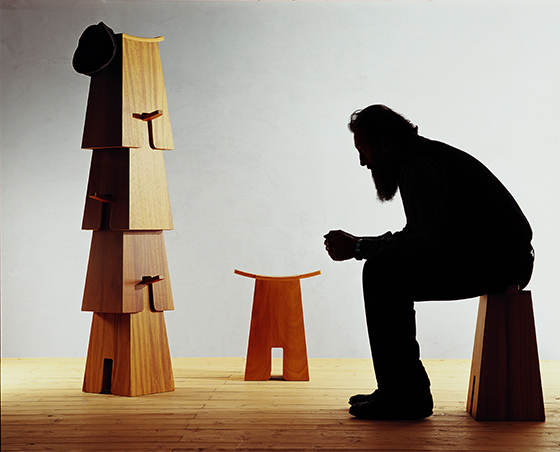
Michele de Lucchi sitting on the Bisonte stool (Birch plywood) Produzione Privata, 2005 - Photo © aMDL
×Lamps are technological objects. They are probably the most simple technology objects that exist. They will always belong to technology and technology is another language. The materials are metal, plastic, glass, but unlikely wood. I have designed lamps made of wood for my private production that are similar to architecture models. They are beautiful and they fit very well in private homes, but they are not made for the market. There are only a few people that would see their value.
Benedetto tables (natural oak) by Michele de Lucchi with Davide Angeli for Produzione Privata, 2007 - Photo © aMDL
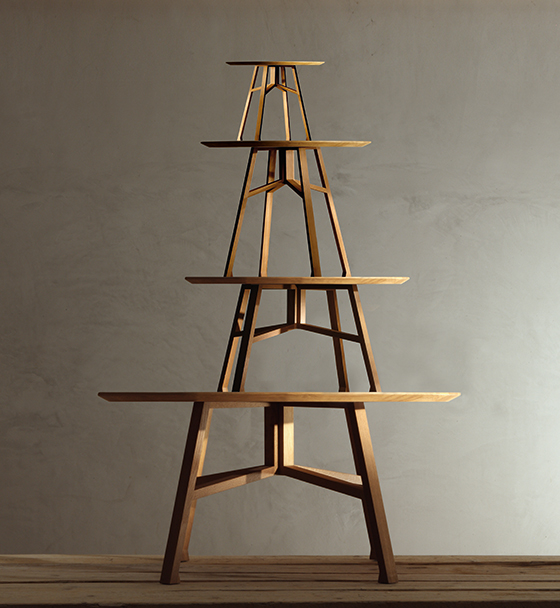
Benedetto tables (natural oak) by Michele de Lucchi with Davide Angeli for Produzione Privata, 2007 - Photo © aMDL
×At what point within the design process do you decide in favour of a specific material? What comes first – the shape or the choice of material?
The main rule when designing a project is to be free; you should keep your mind open as much as possible in order to be able to let any inspiring ideas and hints enter. Sometimes the choice of material is the starting point and sometimes it does not even arrive when the project is finished. It’s important to use very few materials. The combination of too many materials creates confusion and it is difficult to understand the object. Having many different materials simultaneously means using many different processing techniques that results in prohibitive production costs.
Quattro muri e due case (Bamboo wood) for Alessi, 2014 - Photo © Santi Caleca
With architecture it is different. When designing a space or environment or building, it is easier to mix different materials. The architectural project is an integration project and the word integration is nowadays a very important word. Not only in the architecture and design field, but also in society we have a big problem to integrate other cultures and other people and other ways of thinking. We have no alternative. The opposite of integration is disintegration. Bombs create disintegration and we don’t want that.
Sedia (natural beech) Produzione Privata, 2007 - Photo © Marco Beck Peccoz
Gala chair for Produzione Privata, 2015 - Photo © aMDL
Tanti Saluti coat hanger for Produzione Privata - Photo © Marco Beck Peccoz
Acquatinta lamp for Produzione Privata - Photo © aMDL
Existence bookcases (corten steel) for De Castelli, 2010 - Photo © aMDL
Palizzata bench for Riva 1920, 2015 - Photo © aMDL
Bonheur Suspension light for Serralunga, 2009 - Photo © Alessandro Paderni
Briccolone bookcase for Riva 1920, 2010 - Photo © aMDL
Le Coppe della Filosofia (Low stemmed bowl) for Baccarat, 2011 - Photo © Alessandro Digaetano
---
---
Look out for more Material Tendencies reports. We’ve captured insights from renowned designers and we’re delighted to be able to share them with you in the forthcoming weeks, as part of our ongoing Architonic Trend Analysis series.
